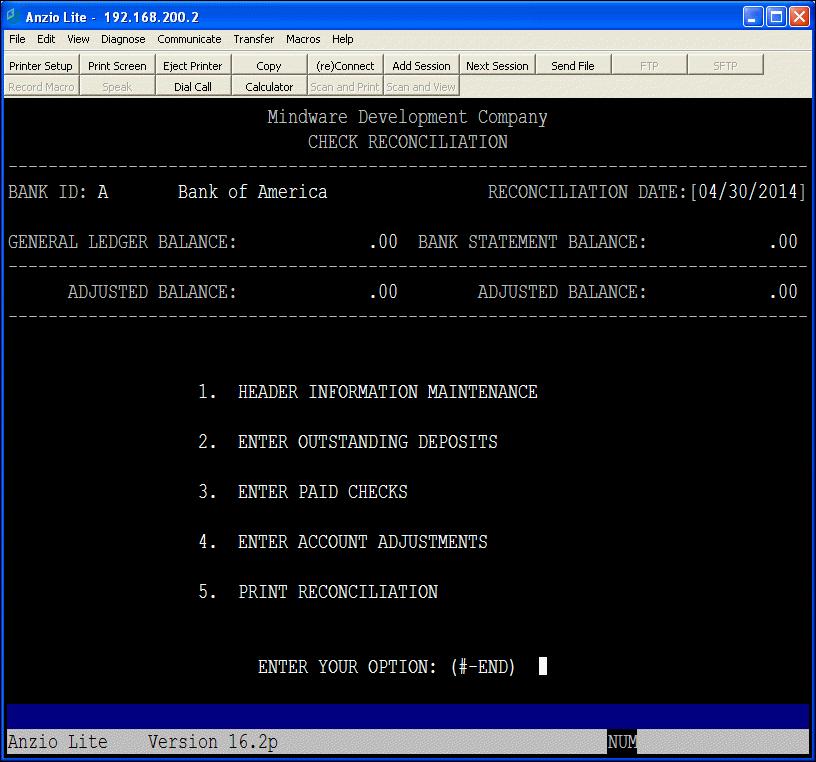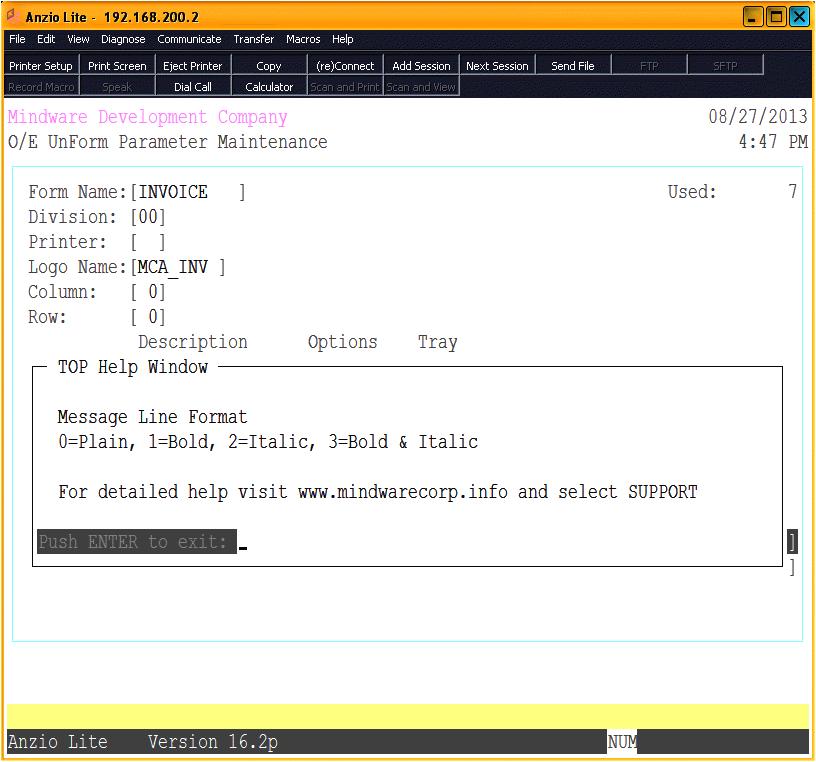On the Accounts Payable Options Menu, there is a selection ‘Terms Code Maintenance’. You can enter credit card terms codes to be used in the Vendor Master and in Invoice Data Entry. You can override the terms code in Invoice Data Entry if their regular terms code is not a credit card. Once the invoices are updated, they will display on the Vendor Open Invoice Display.
You may have multiple credit card terms codes – i.e. AX American Express, MC Master Card, VI Visa, etc. When you enter an invoice for a vendor that you want to pay with a credit card, you need to make sure the terms code is correct on the invoice. It is always a good idea to enter a memo to show ‘Paid by Credit Card’ so it displays in invoice history.
On the Account Payable Options Menu, select Terms Code Maintenance. Enter a two character credit code (VI=Visa, MC=Mastercard, etc.) and a 30 character terms code description. Enter a payment type (0-cash, 1-check or 2-credit card). Enter a vendor code from the Vendor Masterfile or type a ? to display the Vendor Code Selection Menu. You will be prompted to enter the number of due days (# of days until invoice is due), # of days until the invoice will be due for payment, # of days for the discount to be applied and the discount percent.
When the invoice is updated, the invoice will display on the vendor account in A/P Open Invoice Display with a zero balance. In the A/P Invoice History Display, instead of a check number, it will display the name of the credit card used for payment – i.e. Visa, MC, etc. The result of the transaction will post to the General Ledger End of Day.




